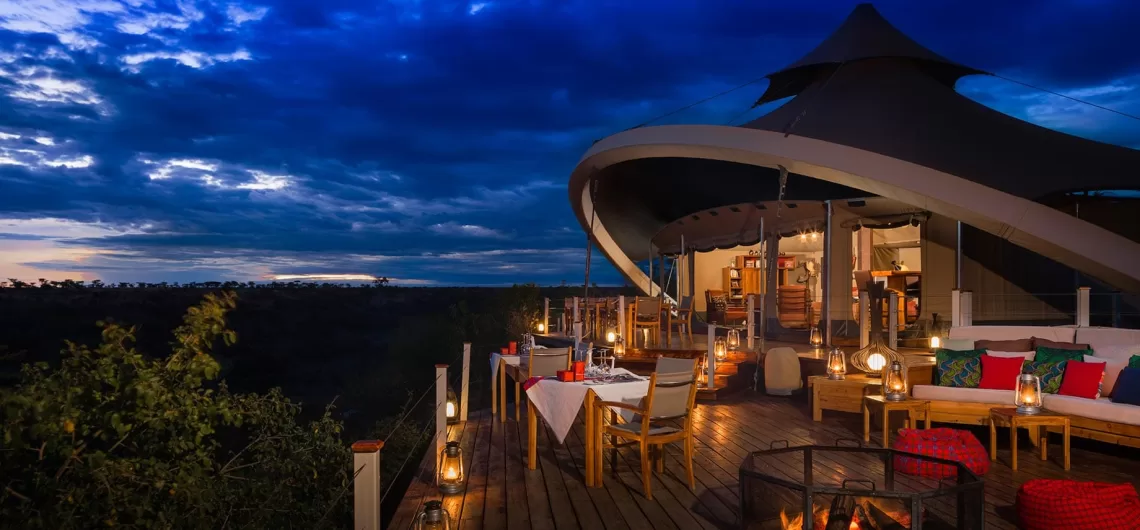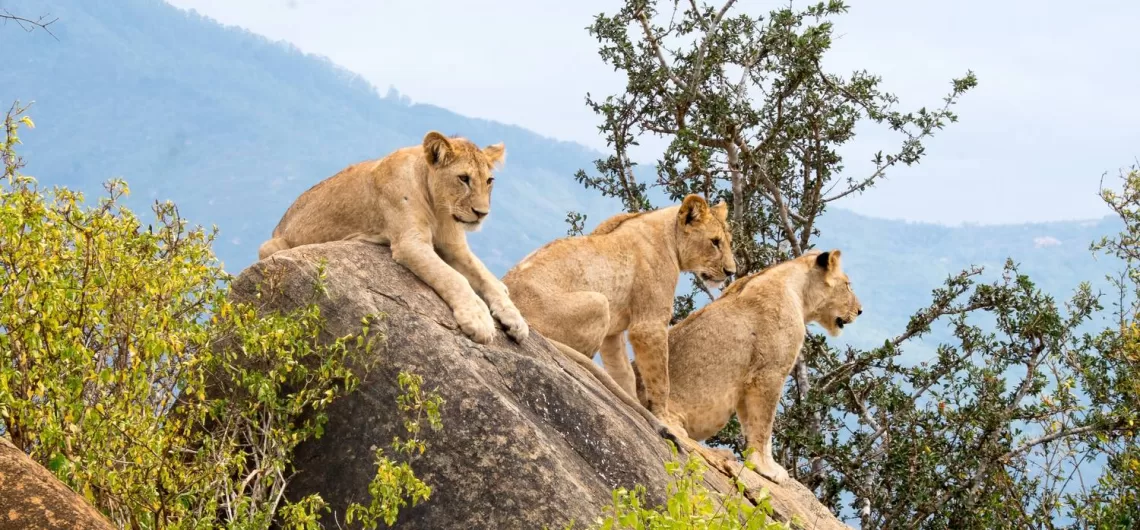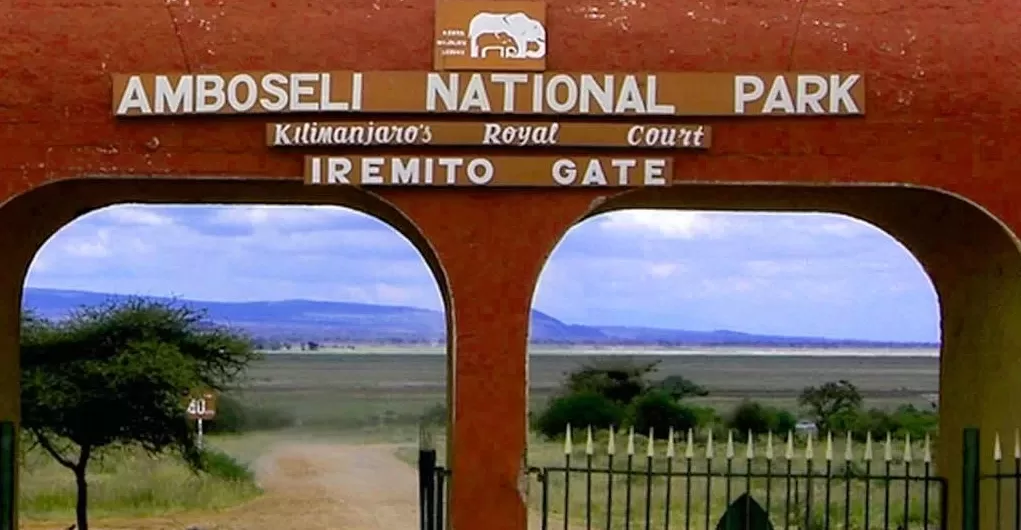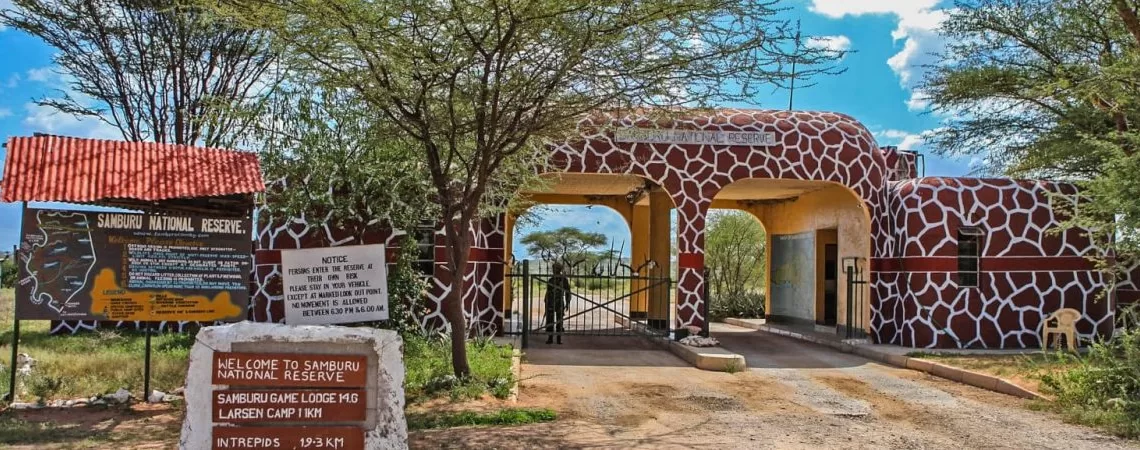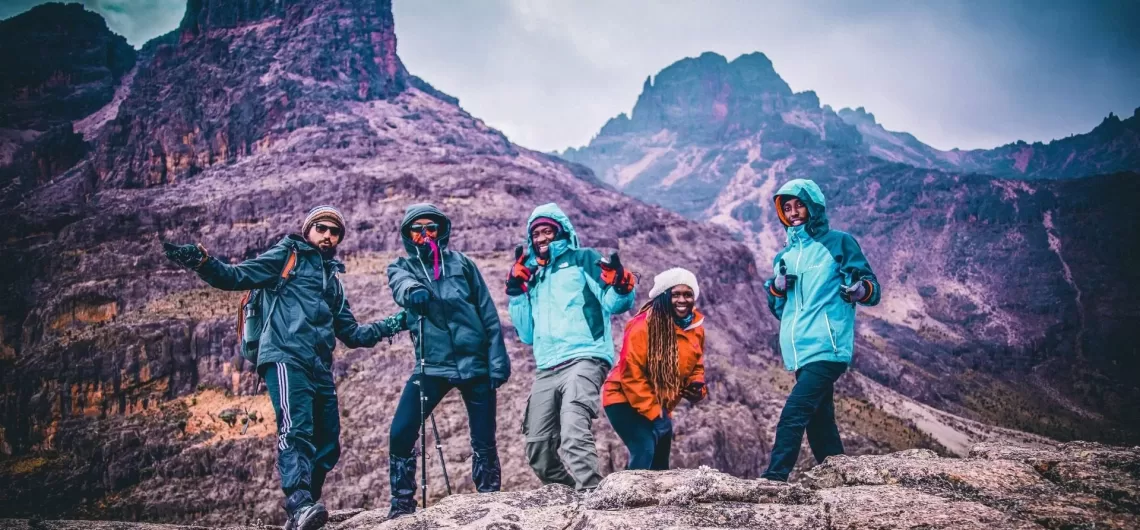About Mahali Mzuri Safari Camp
Mahali Mzuri Safari Camp is a luxury safari camp located in the Olare Motorogi Conservancy in the Maasai Mara ecosystem of Kenya. The camp is owned and operated by Virgin Limited Edition, a luxury travel company owned by Sir Richard Branson.

The camp consists of 12 luxurious tented suites, each with a private deck offering stunning views of the surrounding landscape. The suites are designed to provide guests with a comfortable and luxurious experience while immersing them in the natural beauty of the African wilderness.
In addition to the accommodation, Mahali Mzuri offers a range of activities to guests, including game drives, guided bush walks, hot air balloon safaris, and visits to local Maasai villages. The camp also has a spa and wellness center, where guests can relax and unwind after a day of exploring.
One of the unique features of Mahali Mzuri is its commitment to sustainable tourism and conservation. The camp is built using environmentally friendly materials and operates on solar power. It also supports the local community by providing employment opportunities and supporting local conservation initiatives.
How to get at Mahali Mzuri Safari Camp
Mahali Mzuri Safari Camp is located in the Olare Motorogi Conservancy, which is in the Maasai Mara ecosystem in Kenya. Here are the general steps to get there:
- Fly to Jomo Kenyatta International Airport (JKIA) in Nairobi, Kenya, which is the main international airport in the country.
- From JKIA, you can take a domestic flight to Mara Serena Airport, which is the closest airport to the camp. Flights from Nairobi to Mara Serena are offered by various airlines such as Safarilink, Air Kenya, and Fly540.
- Once you arrive at Mara Serena Airport, you will be picked up by a representative from Mahali Mzuri and driven to the camp. The drive from the airport to the camp takes approximately one hour and 15 minutes.
Alternatively, you can drive from Nairobi to the Olare Motorogi Conservancy, but this can take up to 5-6 hours and is not recommended as the roads can be rough and difficult to navigate.
Time to Visit
Check-in time is 2:00 PM and check-out time is 11:00 AM at Mahali Mzuri.
Activities
- Spa and wellness center
- Sauna
- Message
- Swimming Pool
- Wildlife
- Hot air balloon
- Safari Walk
Wildlife
- Lions – The Maasai Mara is known for its abundant lion population, and guests at Mahali Mzuri have a good chance of spotting these majestic big cats. Lions are most active at dawn and dusk, so early morning and late afternoon game drives are the best times to see them.
- Leopards – While more elusive than lions, leopards are also frequently spotted in the Maasai Mara. They are excellent climbers and often rest in trees during the day, making them easier to spot from a distance.
- Elephants – These gentle giants are one of the most iconic and beloved animals in Africa. Mahali Mzuri is located near a seasonal river, which is a popular watering hole for elephants.
- Buffalo – African buffalo are large, formidable animals that often travel in herds. They are typically found near water sources, and guests at Mahali Mzuri may see them grazing on the savannah.
- Rhinoceros – Both black and white rhinoceros can be found in the Maasai Mara, although they are more rare than other game animals. They are endangered, so seeing one in the wild is a special experience.
In addition to these “Big Five” animals, guests at Mahali Mzuri may also see giraffes, zebras, wildebeest, hyenas, cheetahs, and many other species of wildlife. The conservancy is home to over 300 bird species, making it a paradise for birdwatchers as well.
